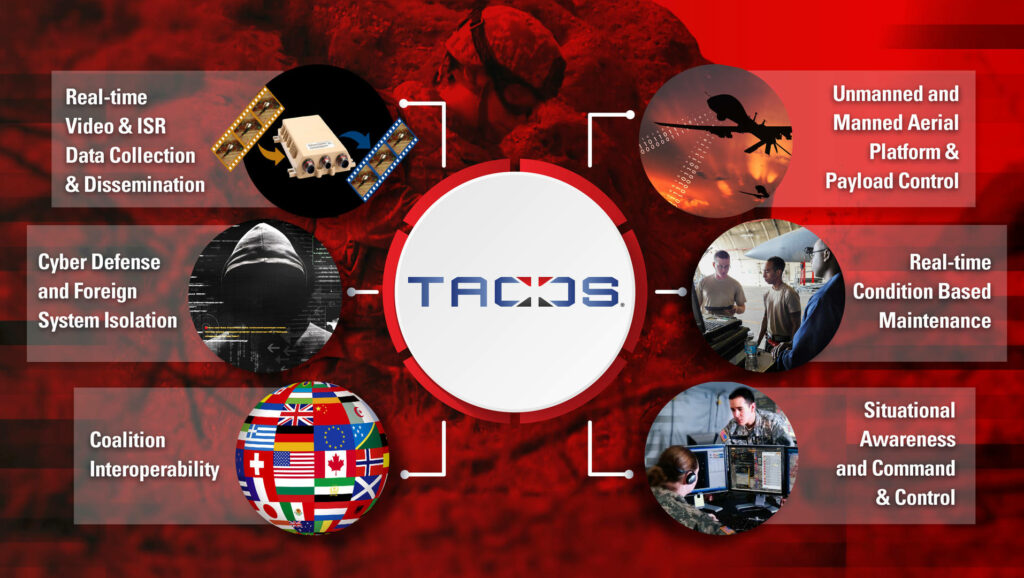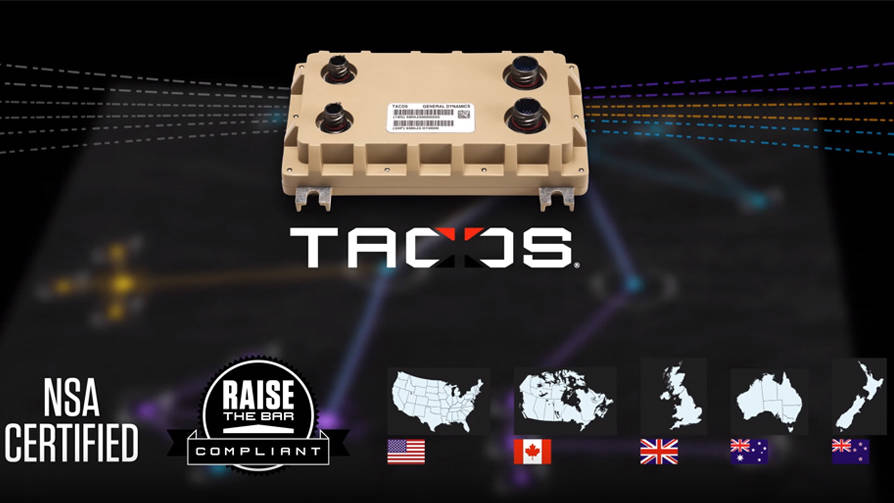TACDS Tactical Cross Domain Solutions
A tactical cross domain solution (CDS) that enables information and communications to be shared and transmitted across different security domains in austere tactical environments. TACDS is a Low Size, Weight, Power and Cost (SWaP-C), rugged, tamper-resistant CDS ideal for use in ground vehicles, mobile shelters, ground sensor systems, ships, aircraft and UAVs.
WHY TACDS?
Achieve Confidence in Your Digital World® with our architecture, integration and certification professional services designed to provide secure transmission of communications and information, and rapidly enhance cross domain capabilities for mission success.
VARIETY OF APPLICATIONS
TACDS supports a wide variety of tactical deployments and systems. TACDS can process numerous mission-enabling tactical data and message formats to provide instant, secure access to real-time information for warfighters serving in today’s tactical environment. With its broad capabilities, TACDS is specifically designed for diverse applications on the modern battlefield.

EASE OF USE
TACDS provides the ability to rapidly add a tactical cross domain capability from acquisition to mission. Watch our Ease of Use video to see for yourself.
DESIGNED FOR COMPLIANCE
At General Dynamics, we want to help you stay compliant. That’s why our TACDS products are designed to meet the latest compliance and Raise The Bar (RTB) standards. We focus on compliance so our customers can focus on their mission.

